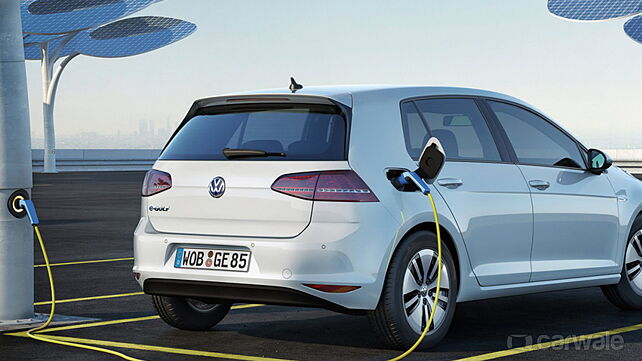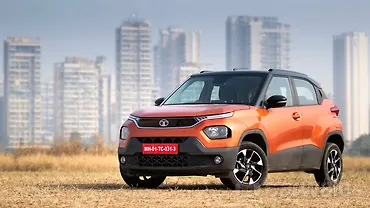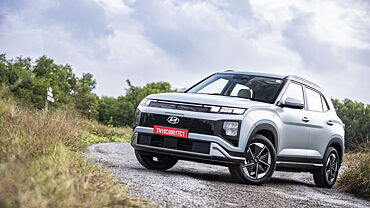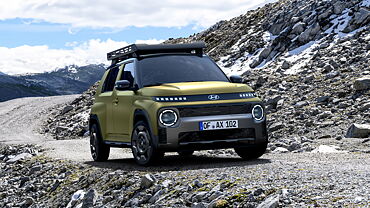
With the advent of green vehicles and future cars powered by electric motors rather than a combustion engine, there always was a limitation of range of the electric vehicles. But now, a group of major car manufacturers in Europe– BMW, Daimler, Ford and Volkswagen, have decided to come together to work on installing a high-powered DC charging network for battery electric vehicles (BEV) across the old continent.
The aim of this joint venture is to build a number of open-network electric charging stations in order to enable drivers to venture out on long distant travels in their electric cars. The long distant travel, which was not feasible for most electric vehicle till date, now looks possible through these open-network charging stations. These charging networks propose to make charging of electric cars as convenient as conventional fuelling stations. This unprecedented collaboration of the automakers would allow the network charging of the EVs irrespective of the brand of the vehicle.
Initially, 400 locations across Europe is planned to have these charging points, but by the year 2020, electric car drivers could have access to thousands of such charging points. The electric car charging stations will have a high power level of up to 350kW, compared to usual charging system employed these days. This will help with ultra-fast charging of the electric vehicles saving a lot of time on those long hauls.

The charging network will employ Combined Charging System (CSS) charging method. This type of quick charging method is already being used in most of the aforementioned manufacturer’s electric vehicles. The existing standards for AC and DC charging of EVs will need to be developed to the next level of fast-charging DC high capacity of up to 350kW. The electric vehicles engineered to accept this kind of power supply can recharge itself at these open-network stations in a matter of minutes.
The network is intended to serve all CCS-equipped vehicles to facilitate the BEV adoption in Europe. The build-up of this large scale power station across major highways and cities across Europe is planned to commence in 2017.


































